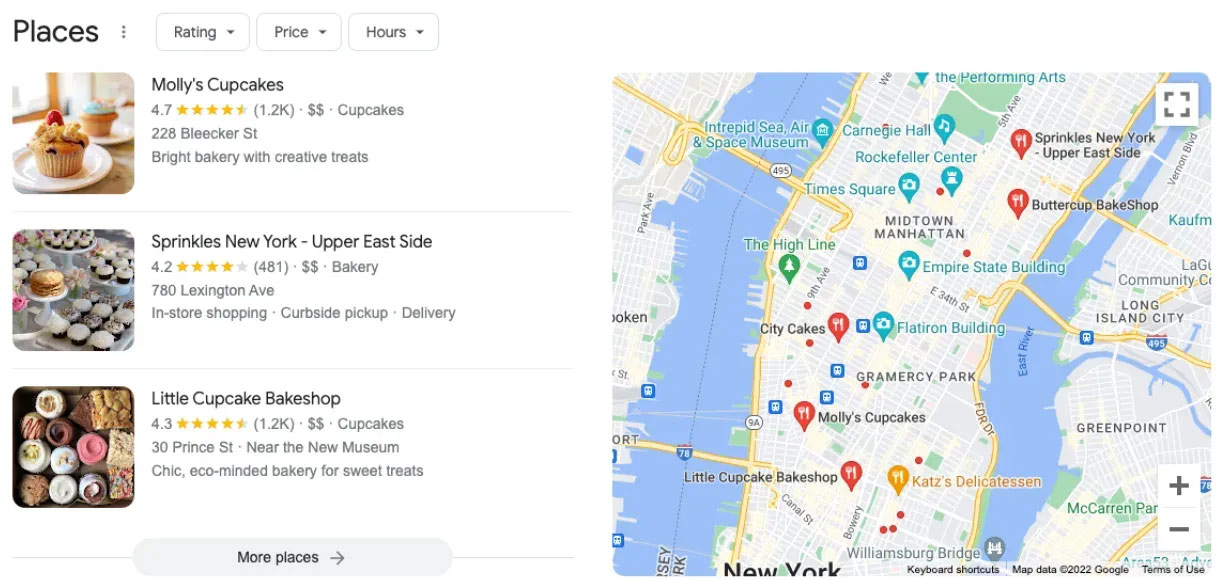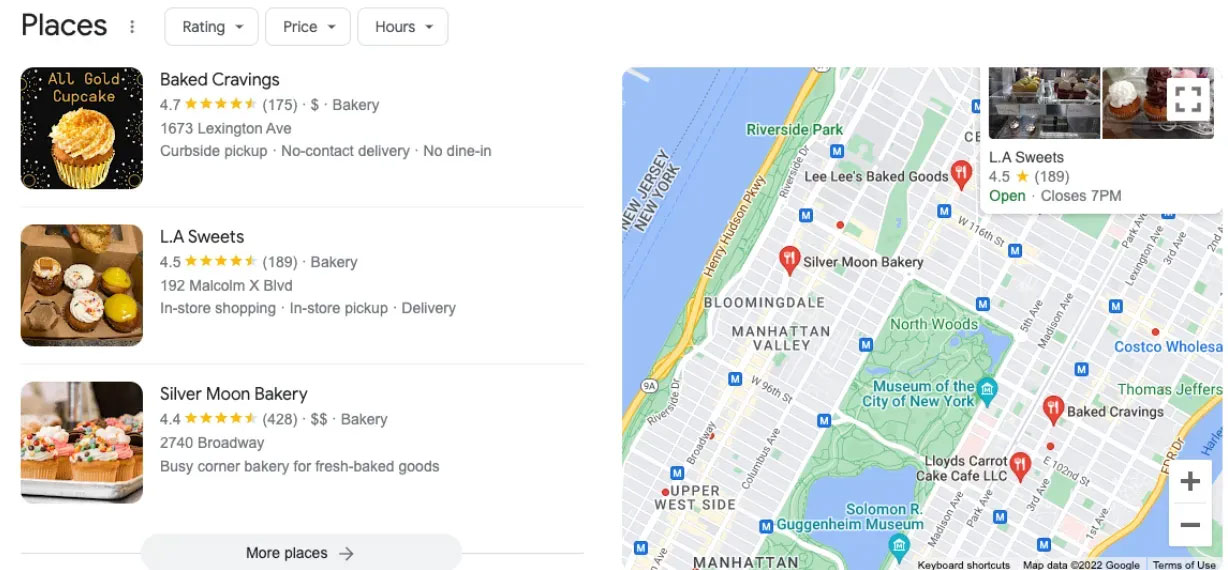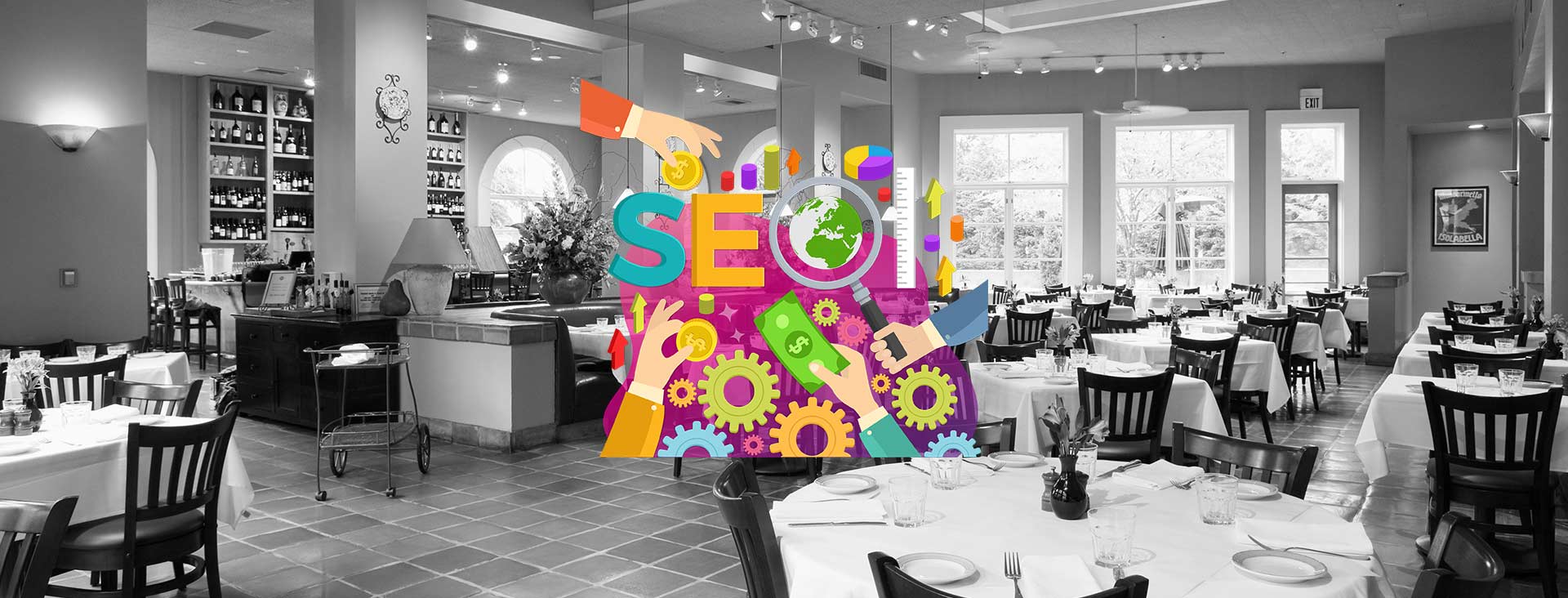In the digital age, a restaurant’s online presence is as crucial as its physical location.
The internet is the new frontier for attracting customers, building a brand, and driving sales.
But how can you maximize your restaurant’s online presence? How can you leverage digital tools to attract more diners and stand out from the competition?
This comprehensive guide will provide you with actionable strategies. It covers everything from website optimization and SEO to social media engagement and digital advertising.
Whether you’re a small cafe owner or a marketing professional in a large restaurant chain, this guide is for you.
By the end of this article, you’ll have a clear roadmap for enhancing your restaurant’s online visibility and reputation.
So, let’s dive in and start cooking up a strong online presence for your restaurant.
The Digital Table: Why Your Restaurant Needs an Online Presence
In today’s digital world, having an online presence is no longer optional for restaurants.
It’s a necessity.
Why? Because today’s customers turn to the internet to find places to eat. They’re searching for restaurant locations, checking out menus, reading reviews, and making reservations online.
If your restaurant is not showing up online in your local search results, then it’s all but invisible to these potential customers.
But having an online presence isn’t just about being found. It’s also about building a relationship with your customers.
Through your website, and online reviews, you can engage with your customers, share your story, and create a strong brand.
In the following sections, I’ll explore how to create and optimize your restaurant’s online presence. I’ll cover everything from website design and SEO to online reputation management and touch on social media.
So, let’s get started. Your digital table awaits.
Crafting Your Digital Storefront: Website Optimization
Your restaurant’s website is your digital storefront.
In the restaurant space your website will most likely be the second impression many potential customers will have of your restaurant. What is the first impression? Read on.
A well-designed, user-friendly website can entice customers to visit your restaurant. On the other hand, a poorly designed website can turn them away.
So, how do you create a website that attracts customers?
It starts with a mobile-friendly design and a focus on user experience.
Mobile-Friendly Design and User Experience
In the restaurant industry, over eighty percent of web traffic originates from mobile devices.
If your website isn’t optimized for mobile, you’re missing out on a substantial number of potential customers.
A mobile-friendly website not only looks appealing and functions seamlessly on smartphones and tablets but also loads quickly.
SEO Best Practices for Restaurants
But a good-looking, mobile-friendly website isn’t enough.
Your website also needs to be optimized for search engines. If potential customers can’t find your website then the best mobile optimized website is all but useless.
Is your restaurant’s website showing up in Google’s local three pack?
What is Google’s Local 3-Pack?
The Google 3-Pack highlights the top three local restaurant listings in Google search results. The specific results a user sees are heavily influenced by the business location, search query, and the user’s proximity to those businesses. For example, if you search for “cupcakes in New York City,” you’ll see the top three recommended cupcake shops to visit.

You can always refine your search even more. For instance, if you search for “cupcakes in upper Manhattan,” you’ll see different results than if you searched for “cupcakes in New York City.”

With 46% of all Google searches being locally focused, optimizing for local search can be crucial for your restaurant’’s success. At the very least you will lose customers to your competition if your restaurant is not showing up in the local 3-pack.
This is where SEO, or Search Engine Optimization, comes in. SEO is all about making your website more visible in search engine results.
Here are a few SEO best practices for restaurants:
- Use relevant keywords in your website content and meta tags.
- Create unique, engaging content that provides value to your customers.
- Make sure your website loads quickly.
- Use schema markup to provide search engines with more information about your restaurant.
Local SEO: Getting on the Map
Local SEO is a subset of SEO that focuses on improving visibility in local search results.
This is especially important for restaurants, as most customers are looking for places to eat nearby.
By optimizing your website for local search, you can attract more local customers and increase foot traffic to your restaurant.
Engaging the Community: Social Media Strategies
Social media is a powerful tool for restaurants.
It allows you to engage with your customers, promote your dishes, and build a strong online community.
But to make the most of social media, you need a strategy.
This strategy should include regular posting, engaging with followers, and leveraging user-generated content.
Leveraging User-Generated Content
User-generated content (UGC) is any content created by your customers.
This could be a photo of a meal, a review, or a post about their experience at your restaurant.
UGC is powerful because it’s authentic.
It shows potential customers what they can expect when they visit your restaurant.
Hashtags and Social Media Campaigns
Hashtags are a great way to increase the reach of your social media posts.
They can help you connect with new customers and become part of larger conversations.
But it’s not enough to just use popular hashtags.
You need to use hashtags that are relevant to your restaurant and your audience.
And remember, social media is not just about promotion.
It’s about engagement.
So make sure to interact with your followers, respond to comments, and create content that encourages conversation.
The Power of Reviews: Managing Your Online Reputation
Online reviews can make or break a restaurant.
If you take anything away from this article, understand that reviews ARE the first impression of your restaurant. I personally know restaurants that went out of business from negative reviews. The flip side of this is that many restaurants can directly contribute their success to an abundance of positive reviews.
They are often the first thing potential customers see when they search for your restaurant online.
Positive reviews can attract new customers, while negative reviews can deter them.
But it’s not just about the number of stars or the overall rating.
The content of the reviews, and how you respond to them, can also impact your online reputation.
Responding to Reviews: The Good, The Bad, and The Ugly
Responding to reviews, both positive and negative, is crucial.
For positive reviews, a simple thank you can go a long way.
It shows appreciation and encourages more positive reviews.
For negative reviews, a professional and empathetic response is key.
It shows that you take customer feedback seriously and are committed to improving.
Remember, everyone can see your responses, so make sure they reflect your restaurant in the best light possible.
Digital Advertising: Finding Your Audience Online
Digital advertising is a powerful tool for restaurants.
It allows you to reach a wider audience and attract more customers.
PPC and Social Media Ads
Pay-per-click (PPC) and social media ads can be highly effective. But note that the keyword in this statement is “can”. PPC is not for every restaurant.
PPC can allow you to target specific demographics and locations, ensuring your ads reach the right people at the right time.
Blogging and SEO for Restaurants
Blogging is a powerful tool for boosting your restaurant’s online presence.
It can help you rank higher in search engine results, driving more traffic to your website.
Moreover, it allows you to share your restaurant’s story, showcase your dishes, and engage with your audience.
Crafting Compelling Blog Posts
Creating compelling blog posts can be very beneficial in so many ways.
If you are going to write posts they should be informative, engaging, and relevant to your audience. They should also be optimized for SEO, using keywords related to your restaurant and the food you serve.
Analytics and Adaptation: Measuring Success
In the digital world, data is your best friend.
It helps you understand what’s working and what’s not in your online marketing efforts.
By analyzing this data, you can make informed decisions to improve your restaurant’s online presence.
Using Analytics Tools to Understand Customer Behavior
Analytics tools provide valuable insights into customer behavior.
They can show you how customers find your website, which pages they visit, and how long they stay. This information can guide your marketing strategies and help you optimize your online presence.
Conclusion: The Continuous Feast of Online Engagement
The digital landscape is ever-changing.
To stay relevant, your restaurant’s online presence must adapt and evolve.
Keeping Your Content Fresh and Engaging
Fresh, engaging content is key to maintaining a strong online presence.
Regularly update your website, blog, and social media with new, relevant content to keep your audience engaged.
Regular Updates and Online Community Building
Building an online community requires regular interaction.
Respond to comments, share user-generated content, and engage with your audience on a regular basis to foster a sense of community and loyalty. But it all starts with driving visitors to your website.




